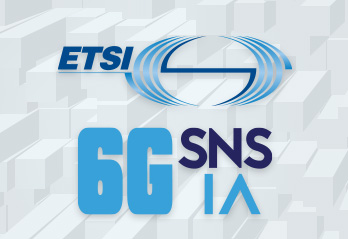ETSI NFV Releases Architecture Enhancements to Support Cloud-Native Network Functions
Posted by ETSI COMS TEAM 12557 HitsSophia Antipolis, 26 January 2023
The ETSI Industry Specification Group for Network Functions Virtualization (ISG NFV) has just published its next drop of specifications around new enhancements of the NFV architecture that will support cloud-native network functions.





